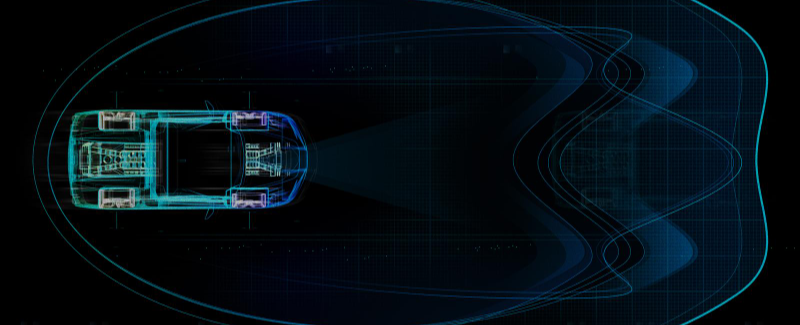Traffic Safety: Automated & Connected Vehicles / V2X
It remains unclear, however, how these new vehicles and communication devices will affect the strategies and tactics of law enforcement agencies.
V2X technology covers vehicle-to-vehicle (V2V), vehicle-to-infrastructure (V2I), vehicle-to-pedestrian (V2P) and vehicle-to-enforcement (V2E) communications. V2X technologies use spectrum in the 5.9 GHz band, which is currently reserved for transportation safety communications.
V2E technologies allow law enforcement efficient ways to identify and prioritize unsafe motor vehicles and drivers for intervention, taking unfit vehicles and operators off the roads.
V2X allows fast communication between all road users, providing alerts to drivers regarding potential threats and obstacles. Safety features promote collision avoidance, prioritize emergency response, include notifications of pedestrian-in-crosswalk, red light warnings, roadway safety alerts, work zone warnings, reduced speed zone warnings, and even weather impact warnings. V2X relies on all road users having the technology in order to be completely effective, but as V2X systems become more common, vehicles are expected to be able to communicate with everyone and everything, including cyclists and pedestrians who carry V2X devices.

With this technology becoming more prevalent and offering the hope of reducing traffic citations and crashes that typically result from human error, law enforcement should join stakeholder discussions to better understand and help define how their agencies will interact with the technology and how their enforcement may need to adapt and evolve.
An article in the FBI Law Enforcement Bulletin generated questions to be addressed to better understand automated vehicle (AV) technology’s impact on Sheriffs’ Offices and other law enforcement departments across the country.
- Is an AV involved in breaking traffic laws malfunctioning or “violating”? Should law enforcement officers (LEOs) stop these vehicles, or should a technical system identify when one malfunctions and violates established rules of the road?
- How will LEOs know if a human or an autonomous system operates a vehicle involved in a violation? Does it matter in terms of justification for a traffic stop?
- Should speed limits, stop signs, traffic lights, and highway markings apply to AVs?
- How will LEOs stop an AV with no human driver behind the wheel? A complex system of cameras, sensors, and computer software control these vehicles. Without a human operator, safely conducting a traffic stop—for whatever reason—could prove challenging.
- What rights do passengers in an AV have when stopped by LEOs?
- How will AVs impact drug and other criminal interdiction efforts?
- Will law enforcement agencies deploy AVs in some way? How?
RESOURCES
 Trainings and Tools |
 PSAs and Infographics |
 Laws and Data |
 Additional Resources |
NSA PARTNERS
 |




